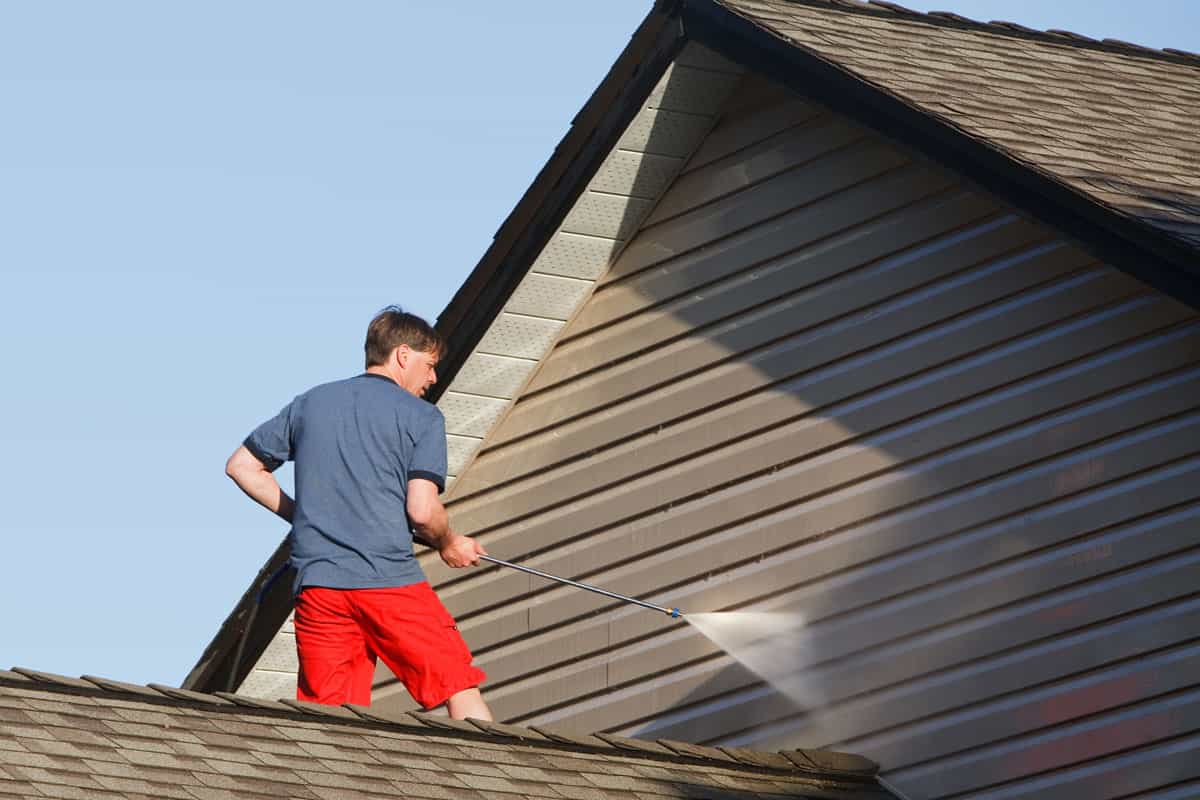

Articles
How Much PSI To Clean Siding
Modified: January 8, 2024
Discover the ideal PSI for effectively cleaning siding in our informative articles. Get expert tips and recommendations for achieving spotless results.
(Many of the links in this article redirect to a specific reviewed product. Your purchase of these products through affiliate links helps to generate commission for Storables.com, at no extra cost. Learn more)
Introduction
Cleaning the siding of your home is an important maintenance task that can greatly enhance its appearance and prolong its lifespan. Over time, dirt, grime, mold, and other contaminants can accumulate on the surface of the siding, making it look dull and unattractive. Pressure washing is a highly effective method to remove these deposits and restore the beauty of your siding. However, it is crucial to use the right pressure for cleaning to avoid damaging the siding material.
One of the key factors to consider when pressure washing is the PSI, which stands for pounds per square inch. PSI indicates the force at which water is sprayed from the pressure washer. Choosing the appropriate PSI is essential as using too much pressure can cause irreversible damage to the siding, while using too little may leave behind stubborn stains.
In this article, we will delve into the world of PSI for cleaning siding and provide you with valuable insights on how to determine the ideal pressure for your specific siding material. We will also discuss important considerations and safety measures to ensure a successful and safe cleaning process. So, let’s explore the fascinating world of PSI and uncover the secrets to achieving spotless and impeccable-looking siding.
Key Takeaways:
- Choose the right PSI for your siding material to avoid damage. Consider factors like material type, condition, and contamination level. Prioritize safety and consult professionals if unsure.
- Prioritize safety when pressure washing siding. Wear protective gear, test pressure, maintain distance, and follow proper techniques. Protect your siding and enhance your home’s appearance.
Read more: How Much Psi For Kegerator
Understanding PSI for Cleaning Siding
Before we delve into determining the ideal PSI for cleaning siding, let’s understand what PSI actually means and how it affects the cleaning process. PSI, or pounds per square inch, refers to the amount of pressure that is generated by the pressure washer when releasing water onto the surface. It is a key factor in determining the force at which the water impacts the siding.
Higher PSI generally means greater force, which can be beneficial when dealing with stubborn stains or heavily soiled surfaces. However, when it comes to cleaning siding, using excessively high pressure can cause significant damage. Siding materials such as vinyl, wood, and stucco are vulnerable to cracking, chipping, or even dislodging if subjected to too much force. Therefore, it is crucial to strike a balance and choose the right PSI for your specific siding type.
It is important to note that the PSI alone is not the only factor to consider for effective cleaning. The flow rate, measured in gallons per minute (GPM), also plays a significant role. The combination of PSI and GPM determines the overall cleaning power of the pressure washer. A higher GPM can help rinse away the loosened debris more efficiently.
Additionally, it is essential to consider the nozzle type when adjusting the PSI for cleaning siding. Nozzles with wider spray angles, such as 25 or 40 degrees, disperse the water over a larger area and reduce the intensity of the pressure. This is particularly beneficial for softer siding materials that require gentle cleaning.
By understanding how PSI works and its impact on cleaning different types of siding, you can ensure a safe and effective cleaning process. Now, let’s explore the factors to consider before determining the ideal PSI for your specific siding material.
Factors to Consider before Determining PSI
When determining the appropriate PSI for cleaning your siding, there are several factors you need to take into consideration. These factors will help you determine the optimal pressure that will effectively clean the siding without causing any damage. Let’s explore these factors in detail:
- Siding Material: The type of siding material you have will greatly influence the PSI you should use. Different materials have varying levels of durability and resistance to pressure. For example, vinyl siding is more delicate and requires lower pressure, while tougher materials like brick or stone can withstand higher pressure. Consult the manufacturer’s guidelines or seek professional advice to determine the recommended PSI for your specific siding material.
- Siding Condition: Consider the condition of your siding before adjusting the PSI. If your siding is old, brittle, or if there are any loose or damaged sections, it is crucial to use a lower pressure to prevent further damage. Evaluate the overall integrity of the siding and adjust the PSI accordingly to avoid causing unnecessary harm.
- Type and Amount of Contamination: The level and type of dirt, grime, mold, or other contaminants on your siding will also impact the PSI you should use. For light dirt or dust, a lower PSI may be sufficient. However, for heavy stains or stubborn mold, you may need to increase the pressure slightly. Start with a lower PSI and gradually increase if needed, being cautious not to exceed the recommended range for your siding material.
- Distance from the Surface: The distance between the pressure washer nozzle and the siding surface also affects the effective PSI. As you move the nozzle closer to the siding, the pressure increases. To avoid damaging the siding, maintain a safe distance of at least 12-18 inches and adjust the PSI accordingly.
- Experience and Skill Level: Your experience and skill level with pressure washing should also be taken into consideration. If you are a novice, it is advisable to start with a lower PSI and gradually work your way up as you gain more experience and confidence.
By considering these factors, you can determine the optimal PSI for cleaning your siding effectively and safely. It is crucial to strike a balance between the pressure needed to remove contaminants and the potential risk of damaging the siding. When in doubt, consult a professional who can provide expert advice tailored to your specific situation.
When cleaning siding, use a pressure washer with a PSI of 1300-1600 for vinyl, 2000-2500 for wood, and 2500-3300 for brick or concrete. Always start with the lowest pressure and increase as needed.
Recommended PSI for Different Types of Siding Materials
Now that you understand the importance of choosing the right PSI for cleaning siding and the factors to consider, let’s explore the recommended PSI range for different types of siding materials. Keep in mind that these are general guidelines, and it is always best to consult the manufacturer’s recommendations or seek professional advice for your specific siding. Here are the recommended PSI ranges for common siding materials:
- Vinyl Siding: Vinyl siding is a popular choice due to its durability and low maintenance. However, it is susceptible to damage from high pressure. It is recommended to use a PSI range of 1,200 to 1,500 for vinyl siding. Start with the lower end of the range and increase as needed, being cautious not to exceed 1,500 PSI.
- Wood Siding: Wood siding requires extra care as it is more vulnerable to damage. A PSI range of 1,200 to 1,500 is generally safe for wood siding. However, it is crucial to be cautious and use a wider spray angle nozzle to reduce the intensity of the pressure. Keep the nozzle at a safe distance from the surface to prevent any potential damage.
- Brick or Stone Siding: Brick and stone siding are typically more durable and can withstand higher pressure. It is generally safe to use a PSI range of 2,000 to 2,500 for cleaning brick or stone siding. However, avoid using excessive force on mortar joints as it can cause damage. Always exercise caution and evaluate the condition of the siding before adjusting the pressure.
- Stucco Siding: Stucco siding is delicate and can be easily damaged by high pressure. It is recommended to use a lower PSI range of 1,000 to 1,500 for stucco. Be careful to avoid directing the water spray directly at the surface, as it can cause chips and cracks. Opt for a wider spray angle nozzle and keep a safe distance from the siding.
- Fiber Cement Siding: Fiber cement siding is a durable material that can withstand moderate pressure. A PSI range of 1,500 to 2,000 is usually safe for cleaning fiber cement siding. However, be cautious with any areas where the paint or coating is damaged, as excessive pressure can cause further damage to the surface.
Remember, these recommended PSI ranges are general guidelines and may vary depending on the specific condition and age of your siding. Always start with a lower pressure and gradually increase if necessary, being mindful of the siding material and any potential vulnerabilities. If you are uncertain, it is best to seek professional advice to ensure the safety and integrity of your siding.
Precautions and Safety Measures
While pressure washing your siding can be an effective way to clean and rejuvenate its appearance, it is important to prioritize safety and take necessary precautions to prevent any accidents or damage. Here are some key precautions and safety measures to keep in mind:
- Protective Gear: Before starting any pressure washing activities, ensure that you are wearing appropriate protective gear. This includes safety goggles or glasses to protect your eyes from debris and water spray, rubber gloves to protect your hands, and non-slip footwear to maintain stability while working.
- Inspect the Siding: Before applying any pressure, thoroughly inspect the siding for any loose sections, cracks, or damage. Repair or replace any compromised areas before starting the cleaning process. Applying high pressure to damaged siding can worsen the condition and lead to more extensive repairs.
- Test the Pressure and Nozzle: Prior to pressure washing the entire surface, test the pressure and nozzle spray on a small inconspicuous area of the siding. This will help you ensure that the pressure and nozzle combination are appropriate and avoid any potential damage. Adjust as needed after evaluating the test area.
- Maintain a Safe Distance: Keep a safe distance between the pressure washer nozzle and the siding surface. This distance will vary depending on the PSI and nozzle type, but a general rule of thumb is to maintain at least 12-18 inches of space. This will help minimize the risk of causing damage to the siding.
- Angle and Technique: Hold the pressure washer nozzle at a slight angle rather than directly facing the siding. This will help prevent water from getting behind the siding, which can result in moisture buildup and potential damage. Use broad, sweeping motions to evenly distribute the water and avoid concentrating pressure on one area for too long.
- Inspect Nearby Objects: Before starting the pressure washing process, ensure that there are no delicate or breakable objects in the immediate vicinity. Move any potted plants, outdoor furniture, or other items that may be damaged by the water spray or accidental contact.
- Proper Water Drainage: Ensure that the water from pressure washing is directed away from the foundation of your home. Improper water drainage can lead to water seepage and potential damage to the foundation or basement. Use a gutter extension or ensure that the water flows away from the house.
- Know When to Seek Professional Help: If you are unsure about the PSI, nozzle selection, or any other aspect of pressure washing your siding, it is always best to seek professional help. They have the expertise and experience to handle the task safely and effectively, ensuring the longevity of your siding.
By following these precautions and safety measures, you can ensure a safe and successful pressure washing experience for your siding. Prioritize your safety and the integrity of your siding to achieve optimal results without any unwanted accidents or damage.
Read more: What Psi Pressure Washer To Clean Concrete?
Conclusion
Cleaning the siding of your home is an important maintenance task that can greatly enhance its appearance and prolong its lifespan. Understanding the concept of PSI and its impact on the cleaning process is crucial in order to achieve the desired results without causing any damage to the siding material.
When determining the appropriate PSI for cleaning siding, consider factors such as the type of siding material, its condition, the type and amount of contamination, the distance from the surface, and your own experience level. It is important to strike a balance between effective cleaning and preventing damage to the siding.
For different types of siding materials, there are recommended PSI ranges. Vinyl siding typically requires a PSI range of 1,200 to 1,500, while wood siding should be cleaned with a similar PSI range but with extra caution. Brick or stone siding can tolerate higher pressures, ranging from 2,000 to 2,500 PSI, whereas stucco siding is more delicate and should be cleaned using a lower PSI range of 1,000 to 1,500. Fiber cement siding falls within the range of 1,500 to 2,000 PSI.
In order to ensure safety during the pressure washing process, it is important to take precautions and follow safety measures. This includes wearing protective gear, inspecting the siding, testing the pressure and nozzle, maintaining a safe distance, using proper angles and techniques, inspecting nearby objects, ensuring proper water drainage, and knowing when to seek professional help.
By adhering to these guidelines and safety measures, you can maintain the cleanliness and integrity of your siding, enhancing the curb appeal of your home and prolonging its lifespan. Whether you are a DIY enthusiast or prefer professional assistance, always prioritize safety and the specific requirements of your siding materials for a successful and enjoyable cleaning experience.
Frequently Asked Questions about How Much PSI To Clean Siding
Was this page helpful?
At Storables.com, we guarantee accurate and reliable information. Our content, validated by Expert Board Contributors, is crafted following stringent Editorial Policies. We're committed to providing you with well-researched, expert-backed insights for all your informational needs.
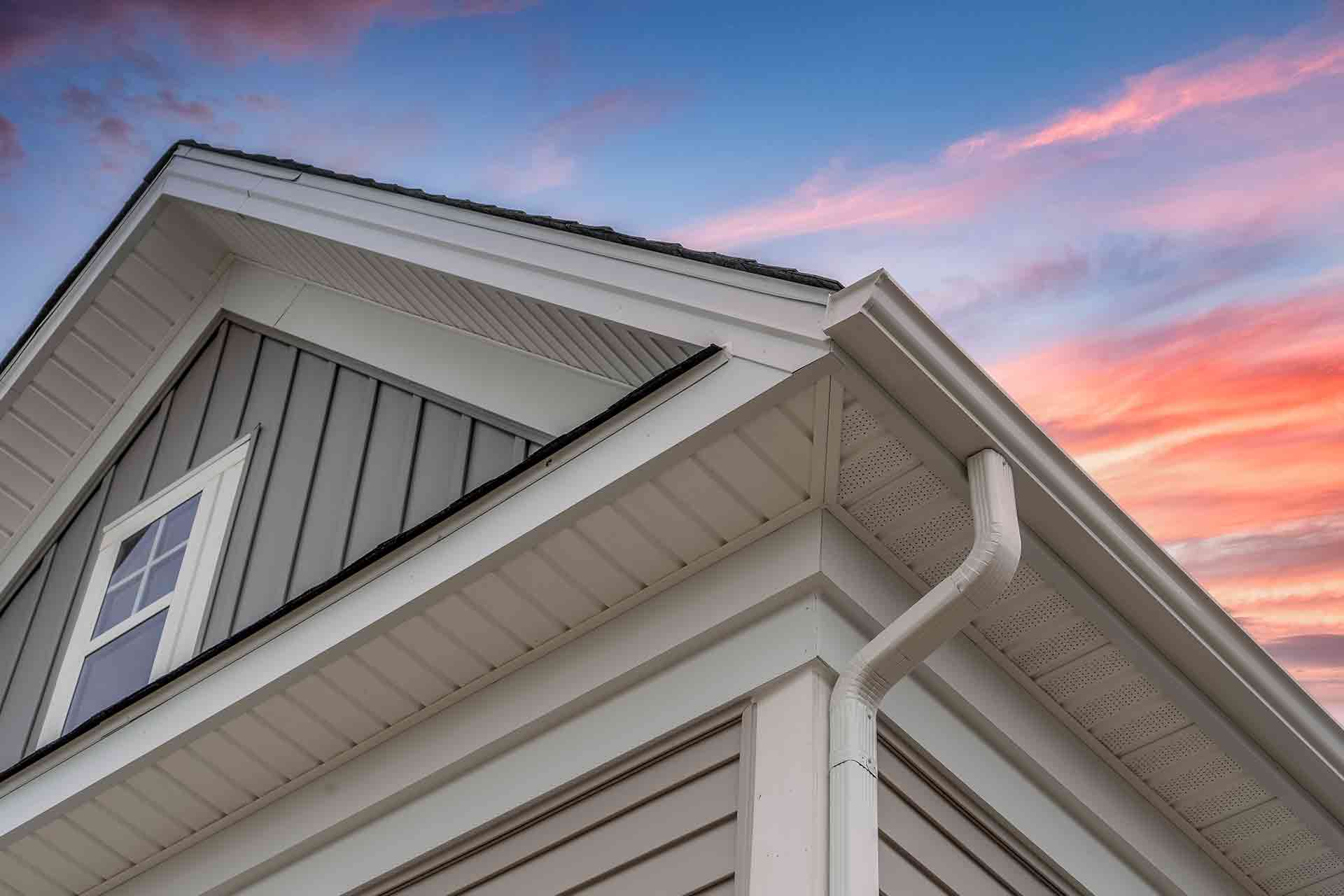
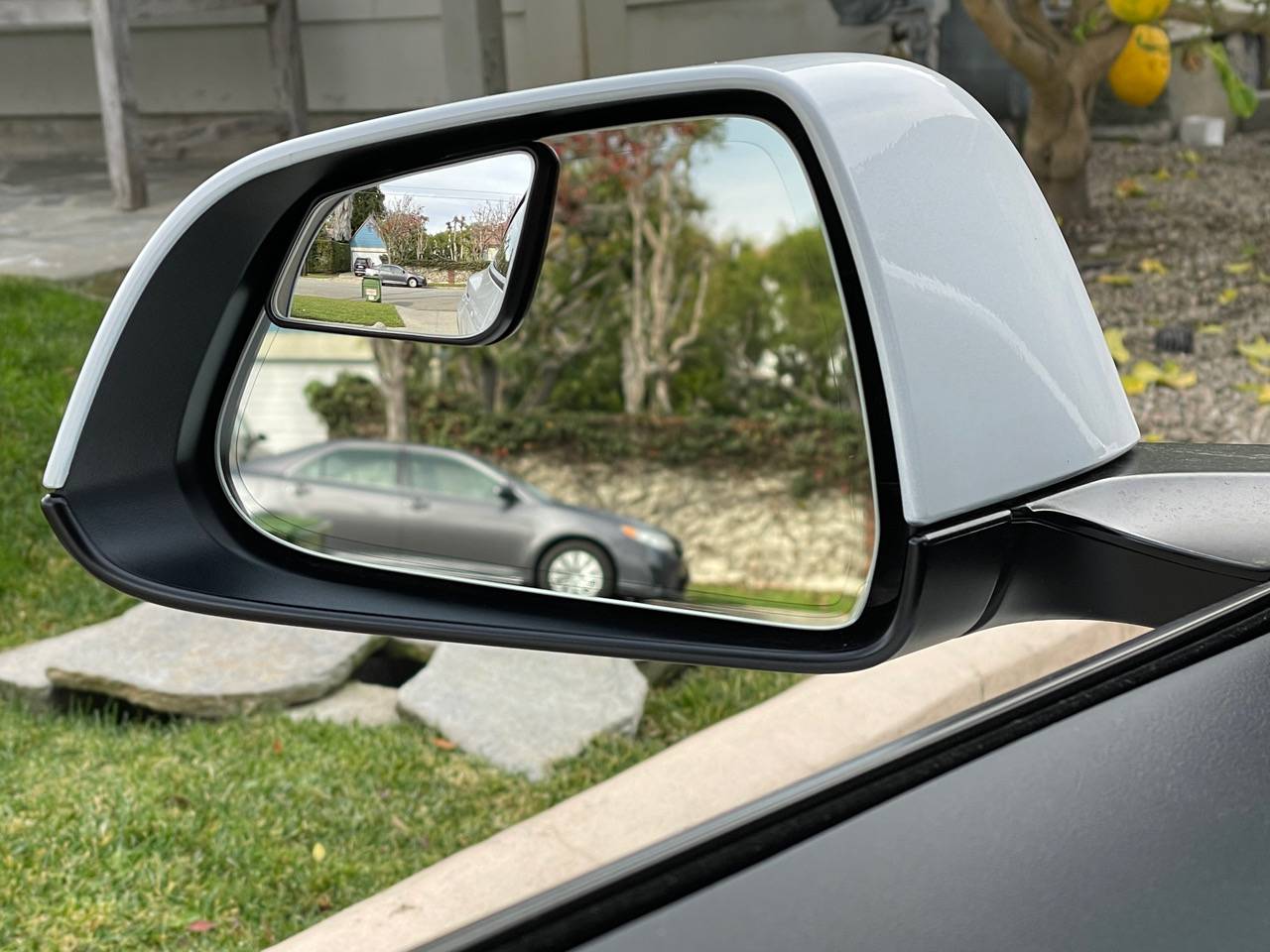

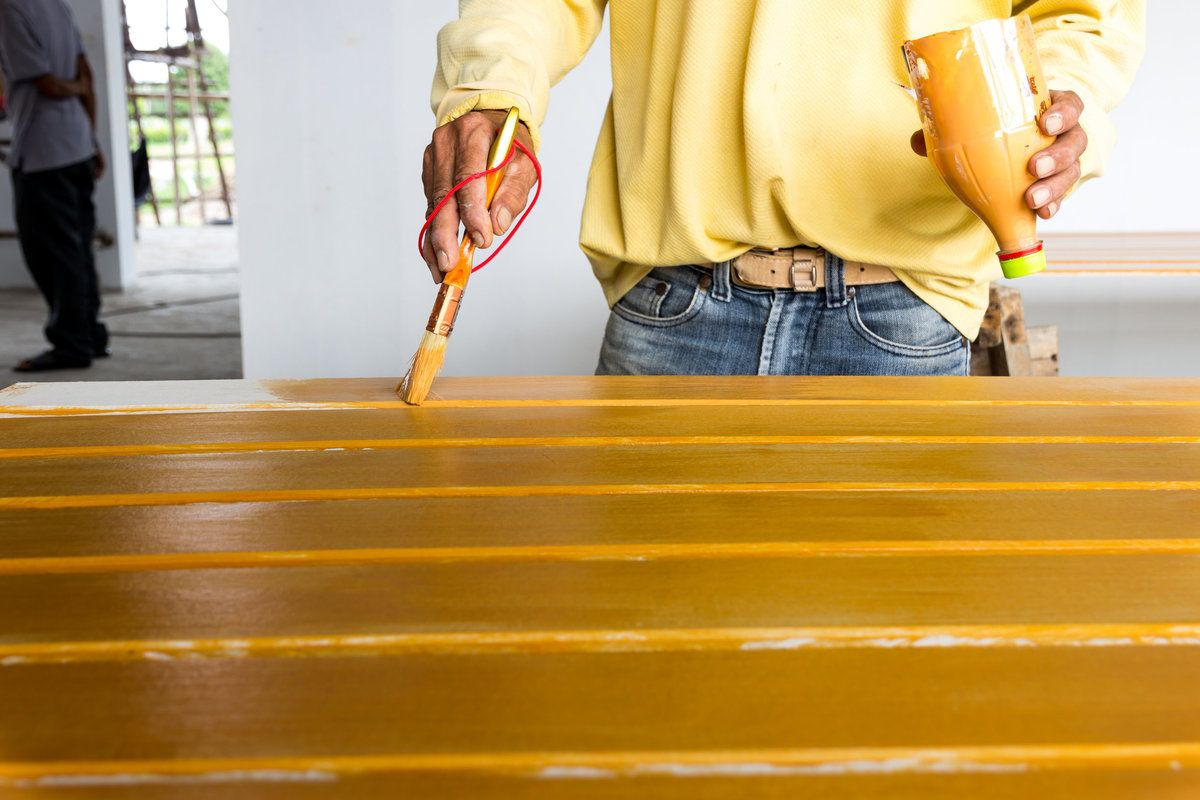
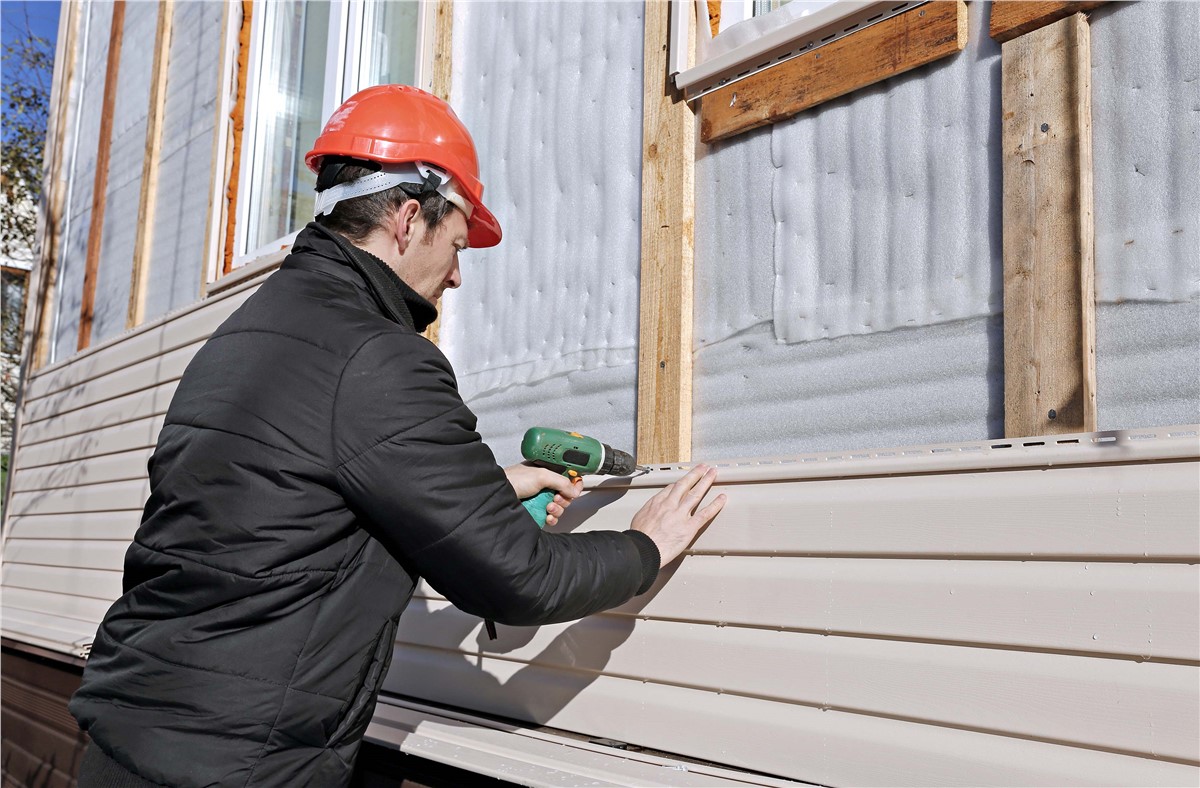
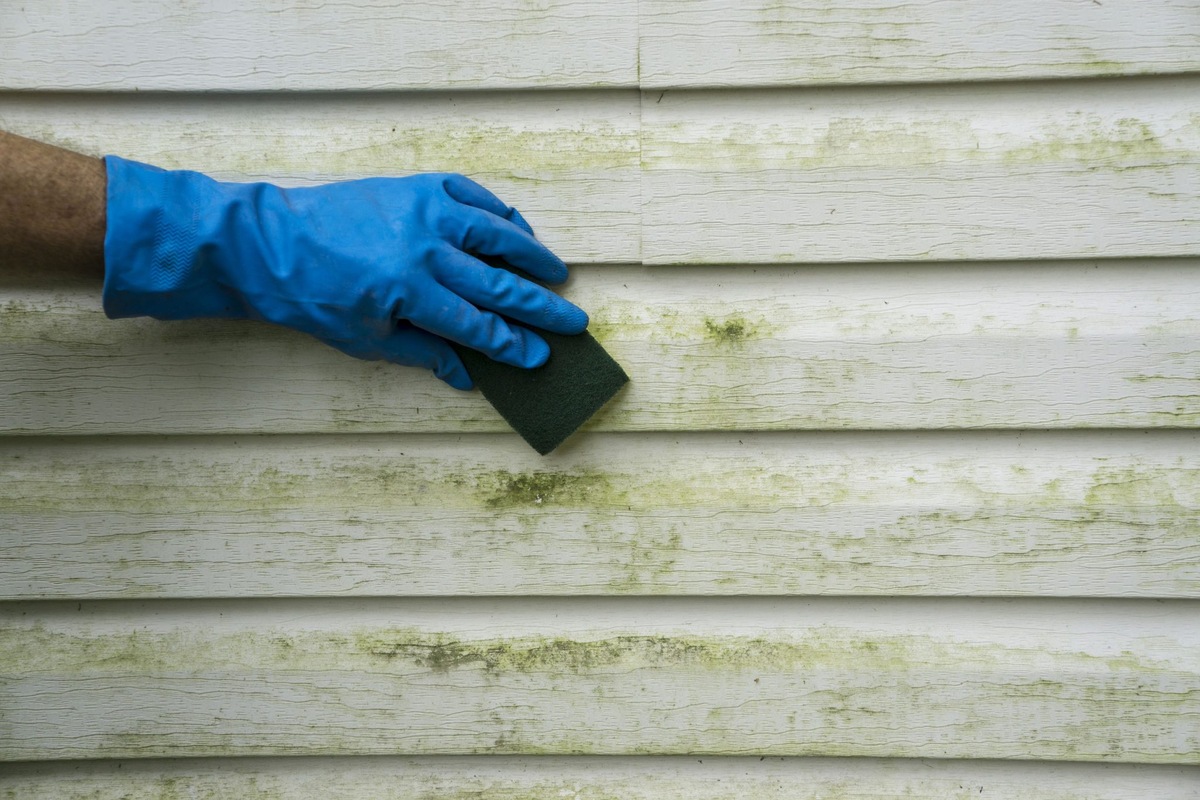
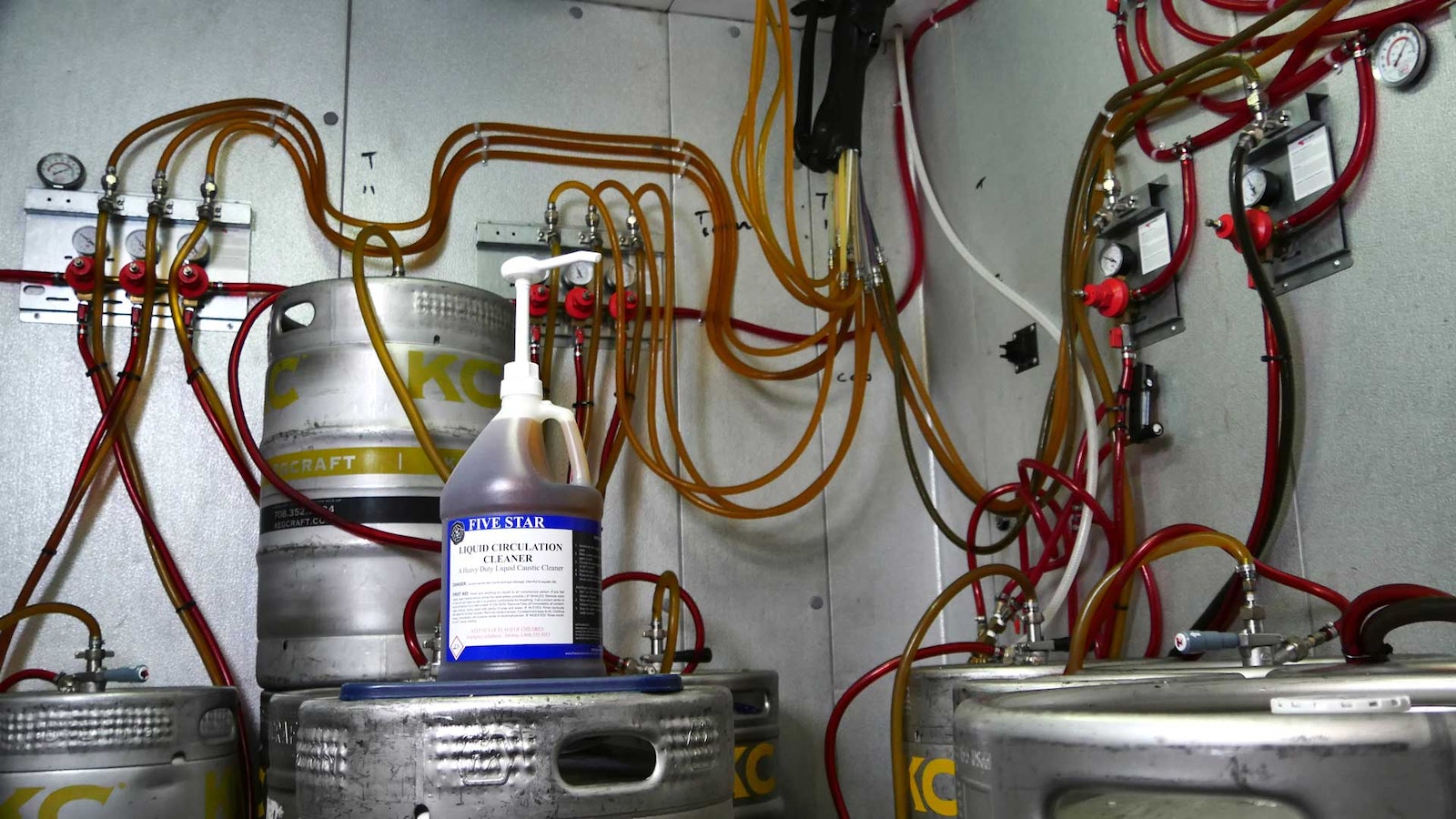
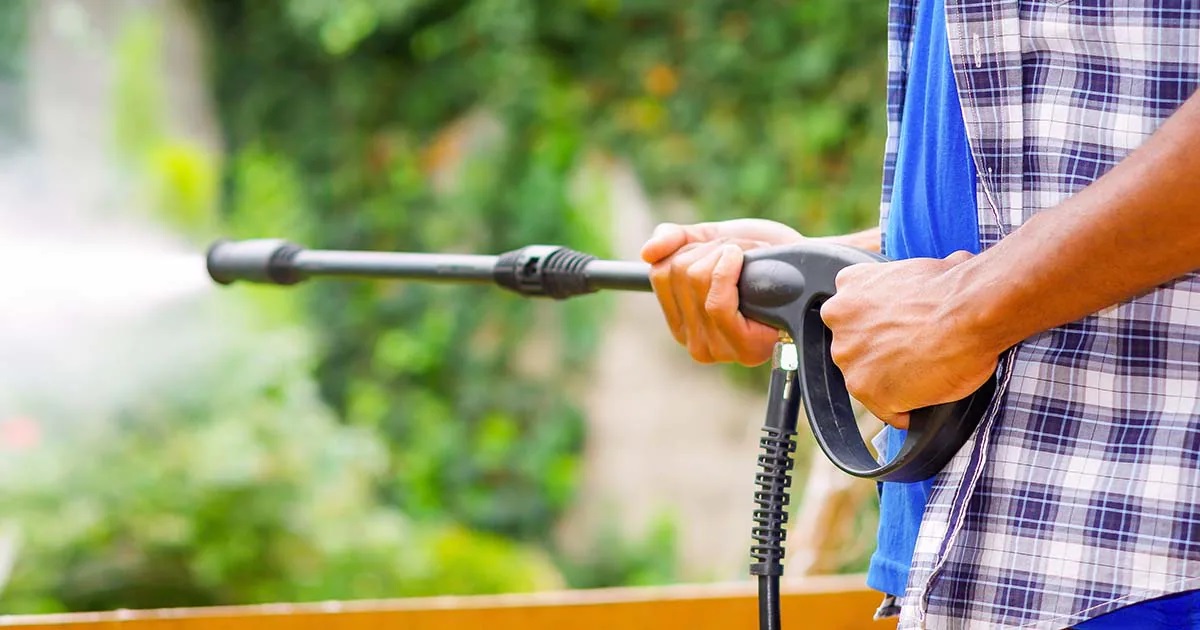
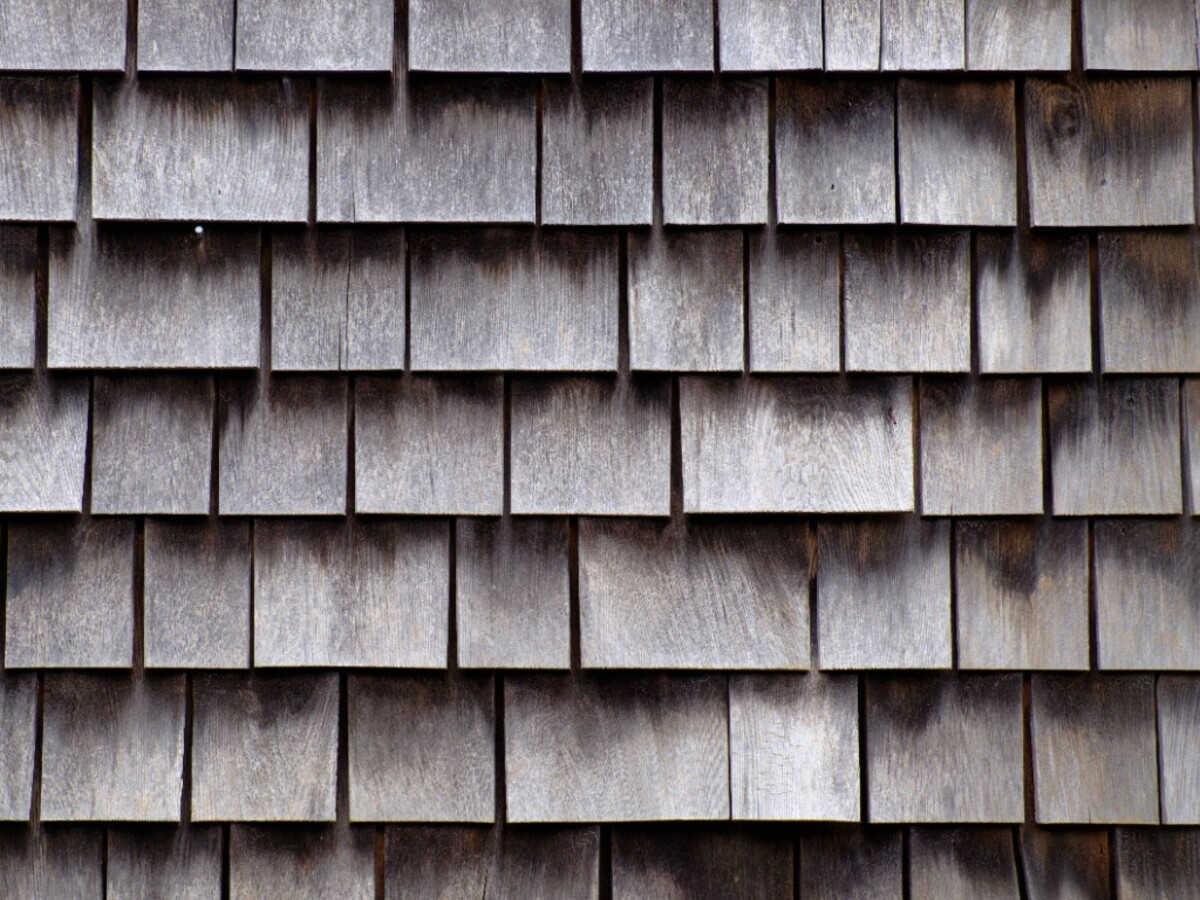
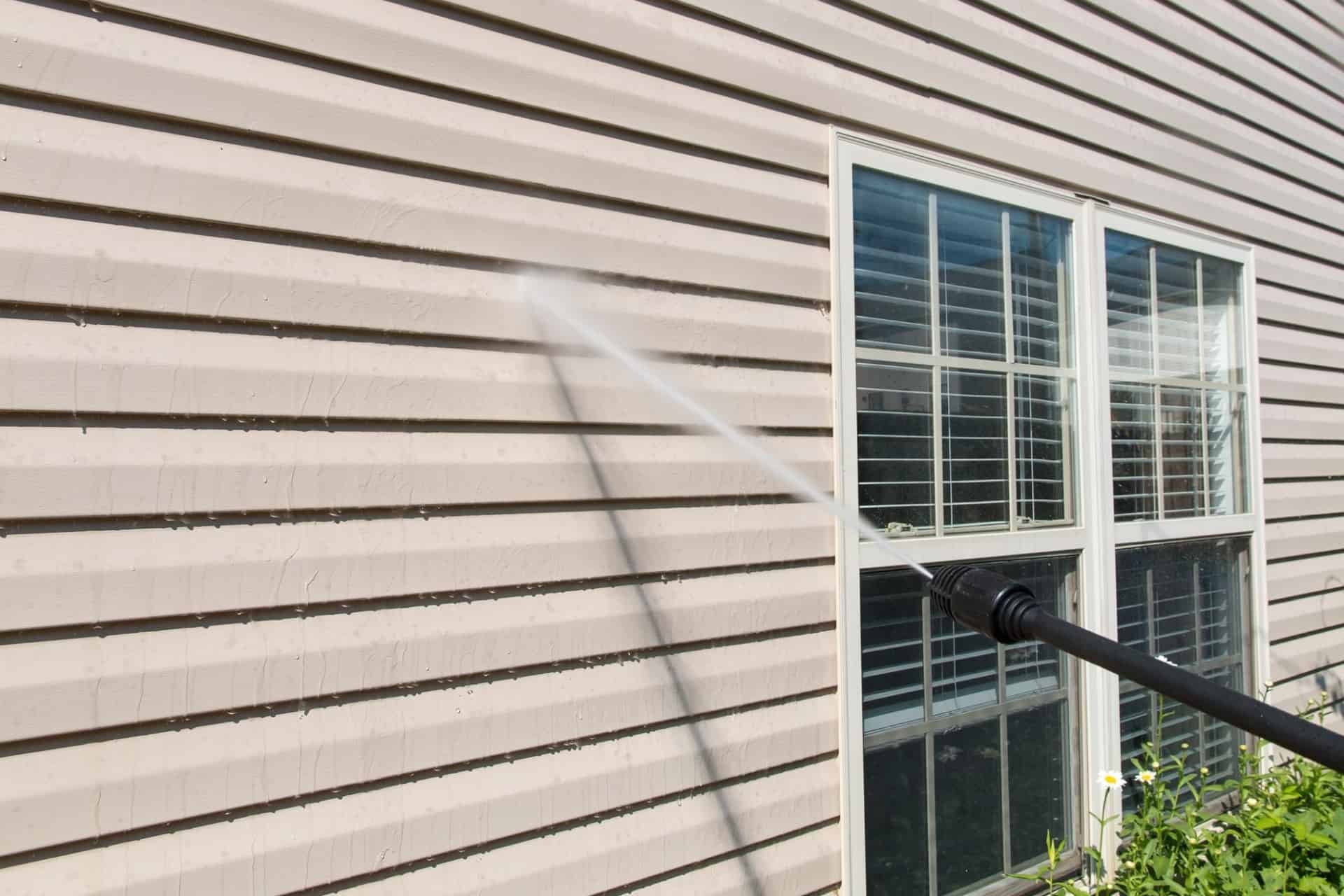
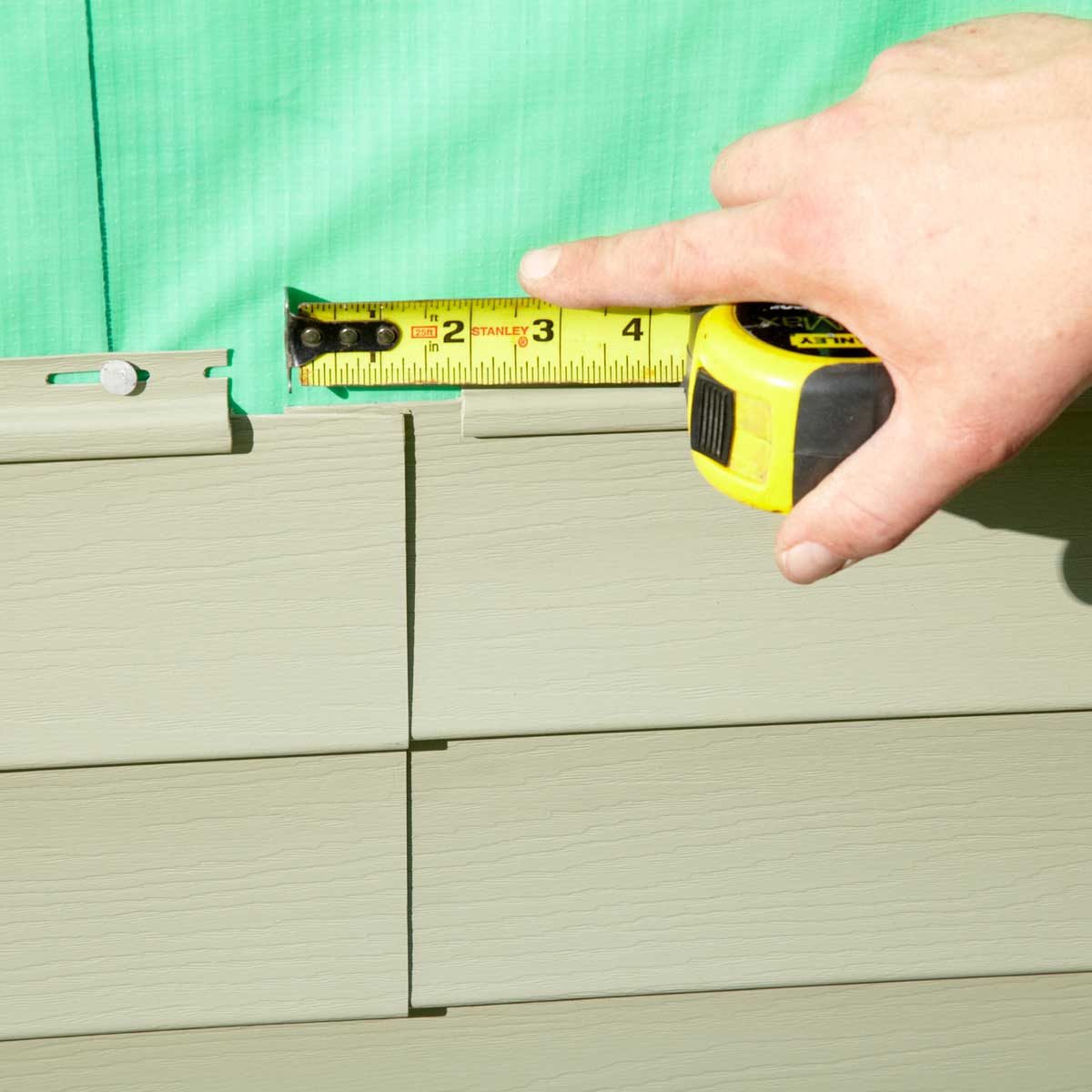
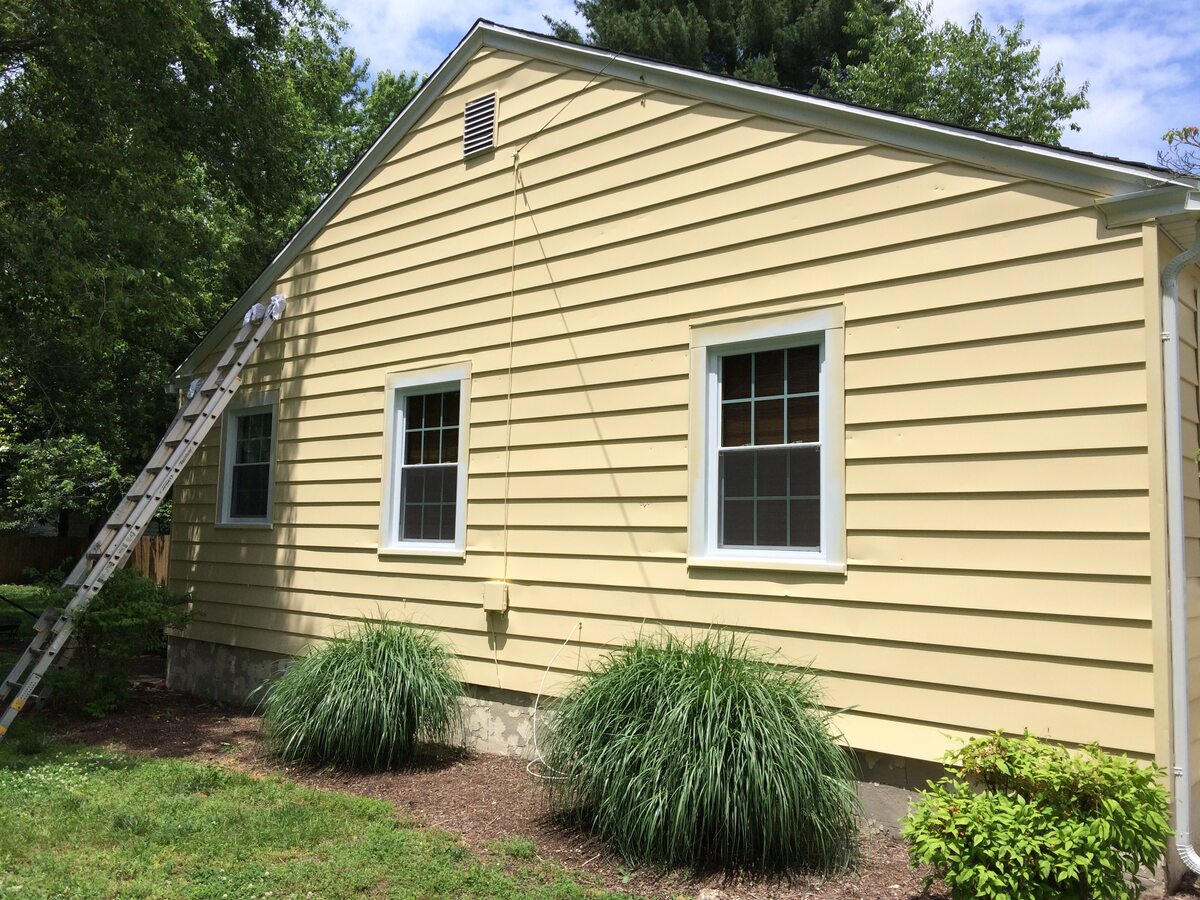

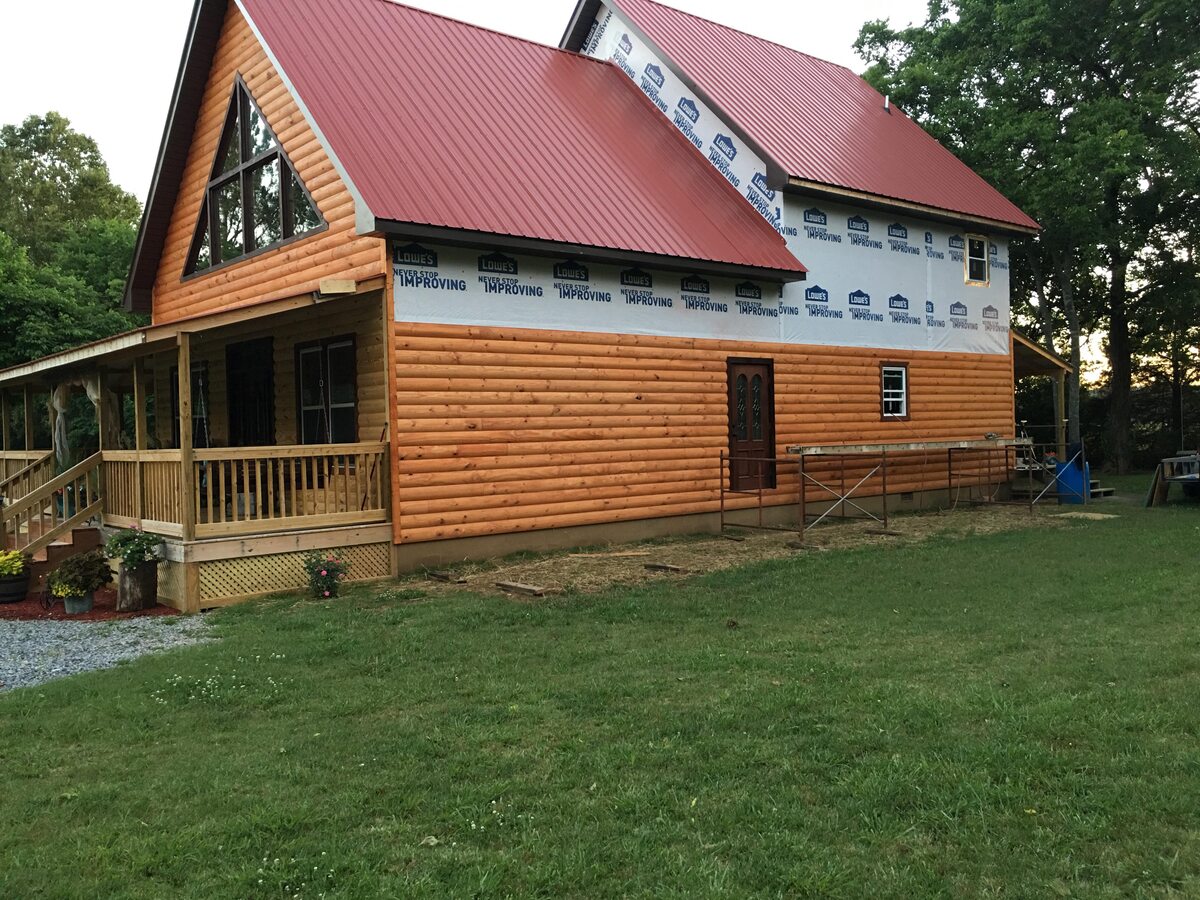

0 thoughts on “How Much PSI To Clean Siding”